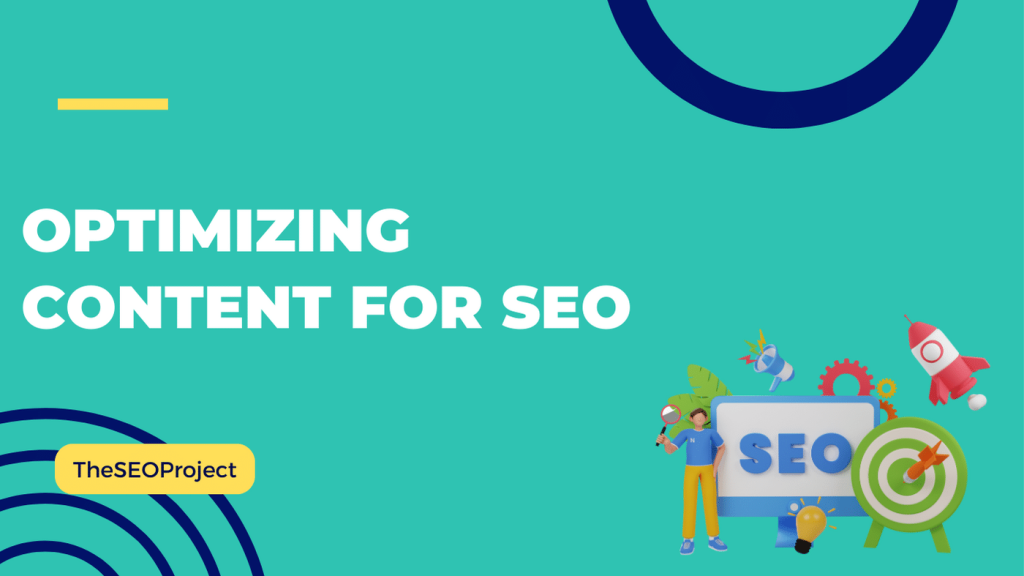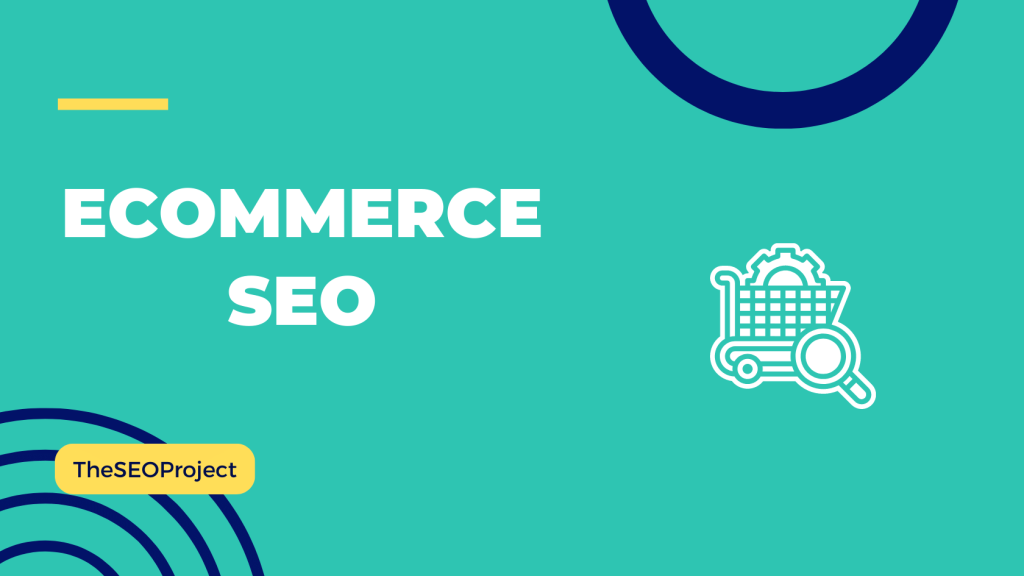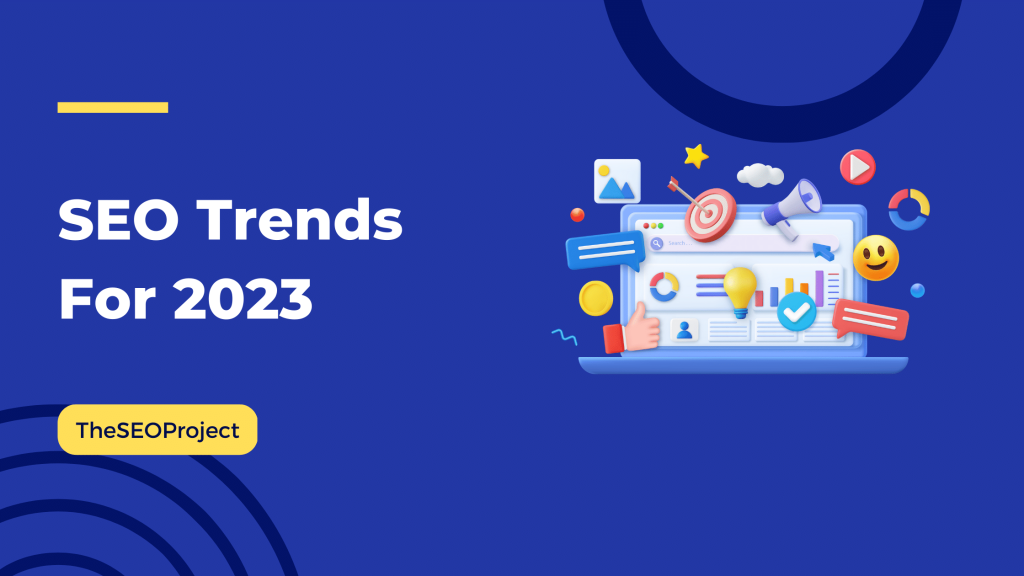In the digital age, content is king. However, creating high-quality content is just half the battle. The other half involves Search Engine Optimization (SEO). By optimizing your content for SEO, you increase its visibility in search engine results, driving more traffic to your site and, ultimately, enhancing your brand’s digital footprint.
Content optimization is an art because it requires creativity, strategy, and precision to craft compelling and relevant content that resonates with the target audience, drives engagement and conversion, and improves SEO rankings. Done carefully, it can yield significant benefits for your brand and online presence.
In this article, we will guide you through the best practices for content optimization for SEO, the pitfalls to avoid, and the most recommended tools that can make the process simpler.
Why is SEO Necessary for Content Optimization?
Search Engine Optimization is the lifeblood of successful content marketing. Its importance can’t be overstated for businesses wanting to make their mark in the digital space. Here’s why.
1. Credibility and Trustworthiness
Search engines like Google have become the go-to source for information for millions of users. Ranking high on search engine results pages (SERPs) signals to users that your content is credible and trustworthy. This credibility boosts your brand’s reputation and sets a positive first impression for potential customers.
2. Increased Visibility
SEO makes your content discoverable. With millions of websites competing for attention, SEO ensures that your content does not go unnoticed. It increases your visibility, not just to any audience but to those actively seeking what you offer.
3. Competitive Advantage
SEO gives you an edge over your competitors. Businesses that invest in SEO tend to attract more quality traffic, generate more leads, and ultimately, have higher conversion rates than those who don’t. SEO helps you stay competitive in your industry by ensuring that your content reaches your target audience before your competitor’s does.
4. Long-term Results
Unlike paid advertising, the results of SEO are long-lasting. Once your content ranks high in SERPs, it can continue to attract traffic for months, even years, with minimal upkeep. This makes SEO a cost-effective strategy for sustainable business growth.
5. Analytics and Insights
SEO provides valuable insights into your audience’s behavior, needs, and preferences. These insights can guide you in creating content that resonates with your audience, leading to better engagement and customer satisfaction.
8+ Best Practices to Optimize Your Content for SEO
There are several proven strategies to optimize your content for better visibility and ranking. Let’s explore each one in detail.
1. Aligning Your Content with User Intent
User intent plays a vital role in SEO. Understanding what users are looking for and tailoring your content to match their intent can significantly impact your website’s visibility in search results. Start by conducting thorough keyword research to identify the keywords and phrases that align with user intent.
For example, if a user searches for “best pizza in town”, the content should provide a list of the best pizza places in town.
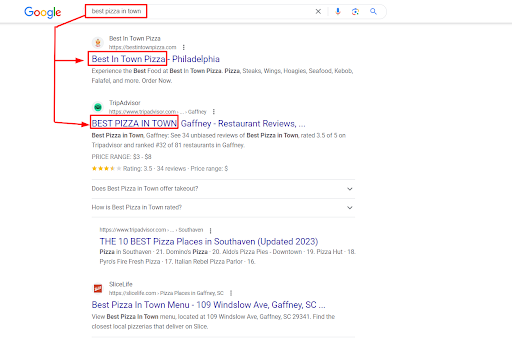
Tools like Google Keyword Planner and SEMrush can provide valuable insights into search volume, competition, and user intent. Once you have identified the intent, create content that directly addresses users’ needs and provides valuable information or solutions.
2. Choosing Effective Primary Keywords
Primary keywords are the foundation of SEO. These are the main keywords you want your content to rank for in search engine results pages (SERPs).
To choose effective primary keywords, consider relevance, search volume, and competition. Look for keywords that are highly relevant to your content and have a significant search volume but relatively lower competition.
For example, if your content is about “yoga for beginners”, you may choose “yoga for beginners” or “beginner yoga” as your primary keyword.
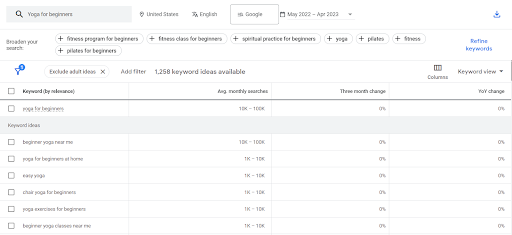
Long-tail keywords can be particularly useful in targeting specific user queries and driving organic traffic to the websites.
3. Crafting Engaging Title Tags and Meta Descriptions
Title tags and meta descriptions are crucial elements that impact both user click-through rates and search engine rankings. Your title tag should be concise, descriptive, and keyword-rich, providing users with a clear idea of what to expect from your content.
Create titles that accurately describe the content and make users stop scrolling. For example, “10 Tips for Perfecting Your Golf Swing” or “How to Bake the Perfect Chocolate Cake.”
Meta descriptions, on the other hand, should provide a compelling summary of your content, enticing users to click through to your website. Incorporate primary keywords naturally into meta descriptions while ensuring they accurately represent the content.
Suppose your title is “Tips for Honing your Golf Swing Skills,” then you can write your meta description like this — “Discover the best tips and tricks for perfecting your golf swing and improving your game. Our experts share their insider knowledge to help you up your golfing game.” This accurately describes the content and entices the user to click through to read more.
4. Optimizing Image Elements for SEO
Images play a crucial role in enhancing user engagement on your website. However, they can also slow down page loading speed if not optimized properly. Compress and resize images to reduce their file sizes without compromising quality. Additionally, assign descriptive alt tags and filenames to your images, incorporating relevant keywords where appropriate.
Optimize images by using and adding descriptive and relevant file names, alt tags, and captions. For example, “yoga-for-beginners.jpg” with alt text “Woman doing yoga for beginners pose”.
This will help search engines recognize the context of your images and improve your overall SEO.
5. Enhancing Page Speed and Performance
Page speed is a crucial factor in both user experience and SEO. Slow-loading sites can lead to high bounce rates and low search engine rankings. To enhance page speed, minimize HTTP requests, optimize code and scripts, leverage browser caching, and utilize CDNs (content delivery networks).
Make sure to regularly monitor your site’s performance using efficient tools like GTmetrix or Google PageSpeed Insights and implement the recommended optimizations to ensure optimal loading times.
6. Harnessing the Power of Internal Linking
Internal linking refers to the practice of linking one page of your website to another page within the same domain. This not only improves website navigation but also distributes authority and relevance throughout your site.
When creating content, strategically place internal links to relevant pages or articles, using anchor text that accurately describes the linked content. This helps search engines understand the interconnectedness of your website and improves the overall SEO performance.
7. Improving User Experience (UX) Factors
Search engines increasingly prioritize websites that offer a positive user experience. Factors such as mobile responsiveness, intuitive navigation, and overall website structure play crucial roles in enhancing UX and SEO rankings.
Ensure your website is mobile-friendly and adapts seamlessly to different screen sizes. Optimize navigation by using clear and logical menus, breadcrumbs, and internal search functionality. Additionally, focus on creating engaging, informative, and easy-to-read content that keeps users on your site longer.
8. Discovering Trending Topics for Content Ideas
Creating content around trending topics can significantly boost your website’s visibility and attract a bigger audience. Stay updated with industry news, social media trends, and popular discussions within your niche.
Use tools like Google Trends to identify trending topics and create content that resonates with your target audience. For example, if “at-home workouts” is a trending topic, create content around “10 At-Home Workouts for Beginners”.
By leveraging trending topics, you can position your website as a relevant and authoritative source, driving organic traffic and increasing engagement.
Things You Need to Avoid While Optimizing Your Content for SEO
Here are some mistakes bloggers and marketers do that can suppress their efforts for content optimization for SEO.
- Keyword Stuffing: Overloading your content with excessive keywords can result in poor readability and may be penalized by search engines. Focus on natural keyword incorporation.
- Duplicate Content: Plagiarizing or duplicating content from other sources can harm your website’s SEO. Always create unique and original content.
- Thin Content: Content that lacks substance or fails to provide value to users is considered thin content. Create in-depth and comprehensive content that answers users’ questions.
- Ignoring Metadata: Neglecting to optimize title tags, meta descriptions, and other metadata can impact your content’s visibility in search results. Optimize these elements for better SEO.
- No Mobile Optimization: With the increasing use of mobile devices, neglecting mobile optimization can lead to poor user experience and lower search rankings. Make sure that your website is mobile-friendly and responsive.
Make sure to avoid these mistakes so you can get desired results and traffic from your target audience.
Recommended Tools for Content Optimization for SEO
Here are some of the best tools you can use to optimize your content for SEO.
1. SEMrush
SEMrush is one of the best all-in-one SEO tools available. It has a comprehensive suite of features that can help you optimize your content for SEO. You can use it to conduct keyword research, analyze your competitors’ websites, track your site’s rankings, and much more.
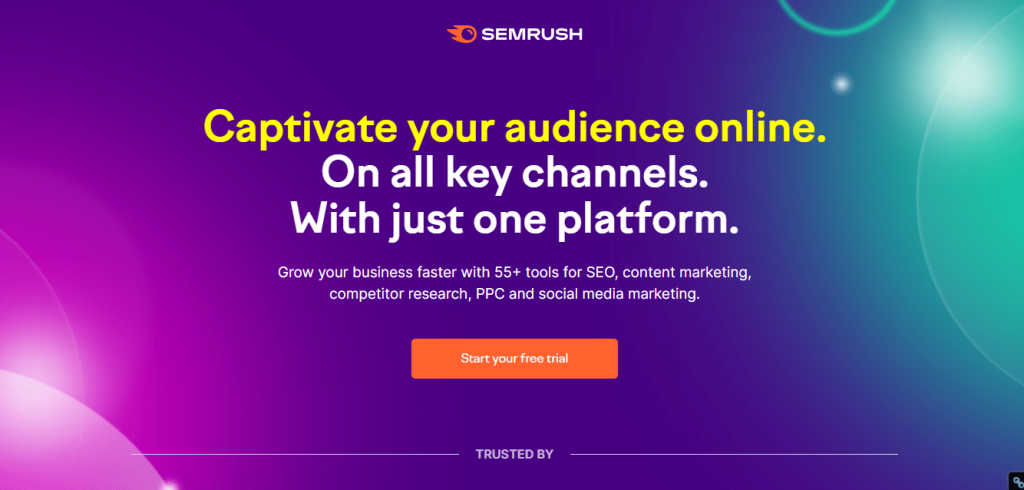
One of the most useful features of SEMrush is its content analyzer, which can help you optimize your content by analyzing your website’s pages and providing recommendations for improvement.
2. Ahrefs
Ahrefs is another immensely popular SEO tool that can help you optimize your content. It has a wide range of features that can help you conduct keyword research, track your website’s rankings, analyze your competitor’s websites, and monitor backlinks.
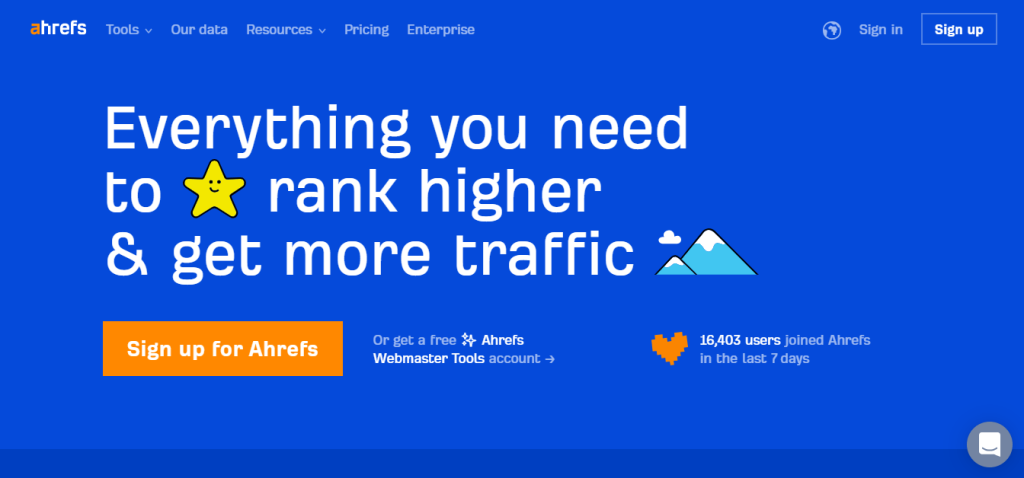
Ahrefs’ content explorer is a particularly useful feature that can help you find popular content in your niche and analyze it to identify opportunities for improvement.
Also Read: Semrush vs Ahref
3. Yoast SEO
It is a famous WordPress plugin that can help you optimize your website’s content for SEO. It provides a wide range of features that can help you optimize your content, including a content analysis tool, a focus keyword tool, and a readability analysis tool. Yoast SEO is easy to use and can help you optimize your content quickly and easily.
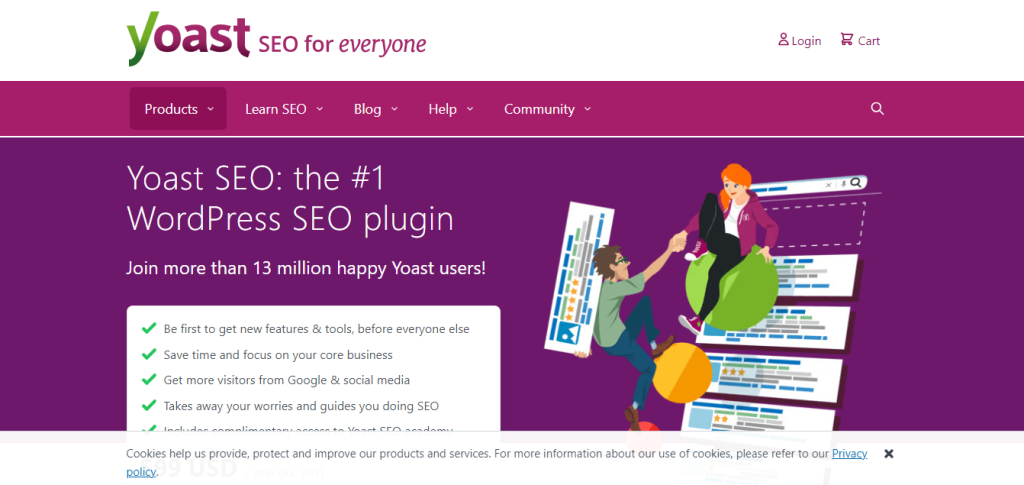
4. Google Analytics
Google Analytics, offered by Google, is a free web analytics tool that helps you track your site’s traffic and users’ behavior. It provides a plethora of information that you can use to optimize your content for SEO, such as which pages are most popular, how users are navigating your website, and where your traffic is coming from.
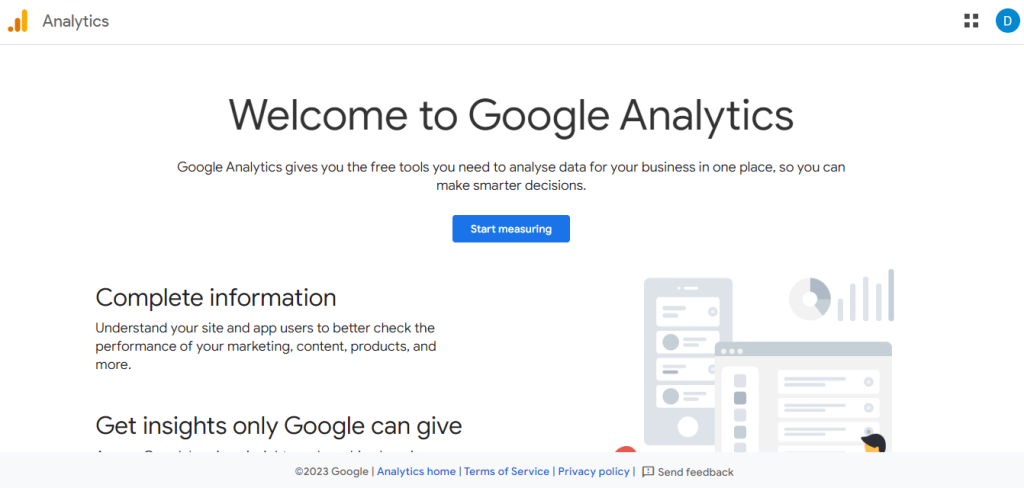
By using Google Analytics, you can gain valuable insights into your website’s performance and use that information to improve your content.
5. Google Search Console
Google Search Console is a tool by Google which is free of cost. It helps you monitor your website’s performance in search results. It provides information about your website’s search appearance, search traffic, and technical issues that may be affecting your website’s performance.
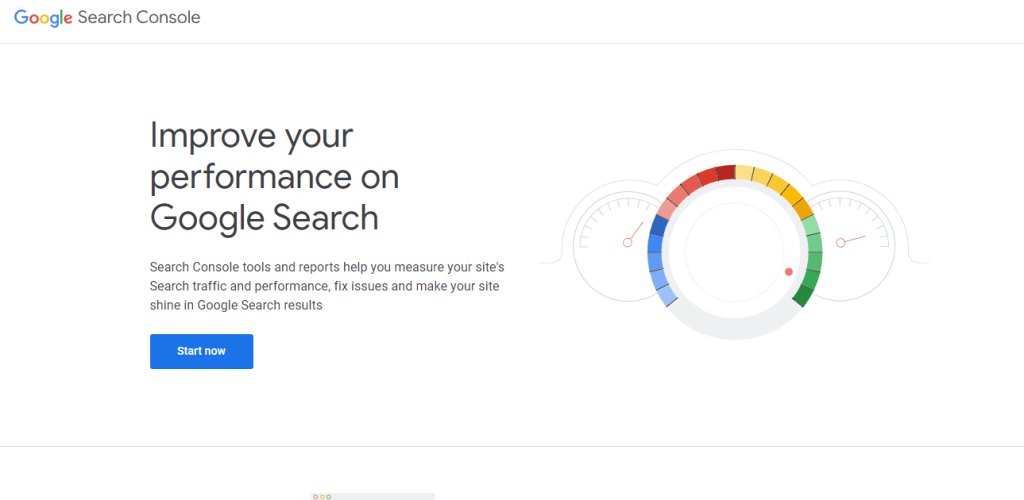
By using Google Search Console, you can identify and fix technical issues that may be affecting your website’s SEO and improve your website’s visibility in search results.
Related read;
Conclusion: Optimizing Content For SEO
Optimizing your content for SEO is essential for improving your online visibility, attracting organic traffic, and growing your audience. By understanding the key elements of SEO optimization, avoiding common mistakes, and implementing best practices, you can create content that stands out in search results and engages your readers.
Remember to conduct thorough keyword research, optimize your title tags and headings, create valuable content, and regularly monitor your performance to continually refine your SEO strategy.
FAQs: Optimizing Content For SEO
SEO is a long-term strategy, and it can take several weeks or even months to see significant results. Patience and consistency are key when it comes to SEO optimization.
While hiring an SEO professional can be beneficial, you can also optimize your content for SEO by following best practices and staying updated with industry trends. However, for complex or technical SEO tasks, it may be helpful to seek professional assistance.
While it’s acceptable to target the same keywords across different pieces of content, each page should have unique and valuable information. Avoid duplicating content or creating thin, low-quality pages solely for the purpose of keyword targeting.
SEO and user experience go hand in hand. It’s important to strike a balance between optimizing your content for search engines and providing a seamless, enjoyable experience for your users. Ultimately, creating valuable and user-friendly content should be your primary focus.
There’s no fixed timeframe for updating content, but it’s recommended to refresh and add new information to you content regularly. This shows search engines that your content is current and relevant. Assess your content periodically and make updates as necessary.
